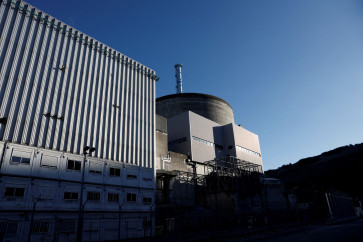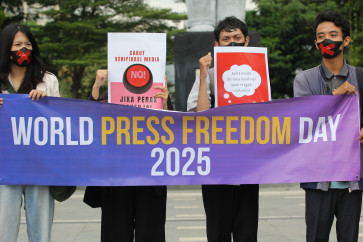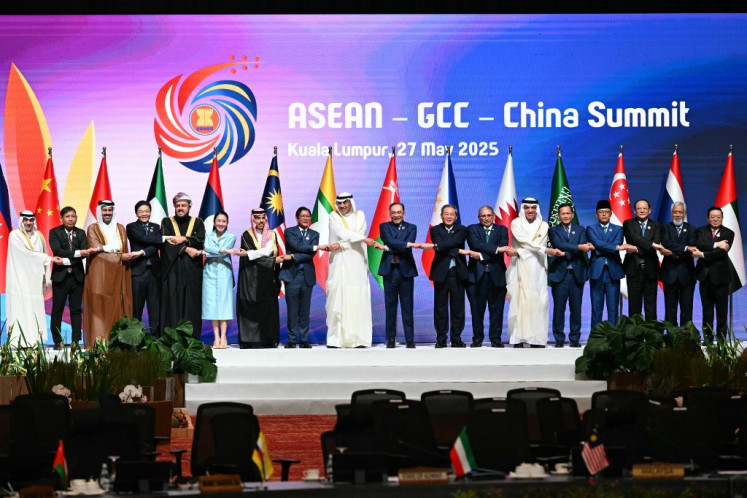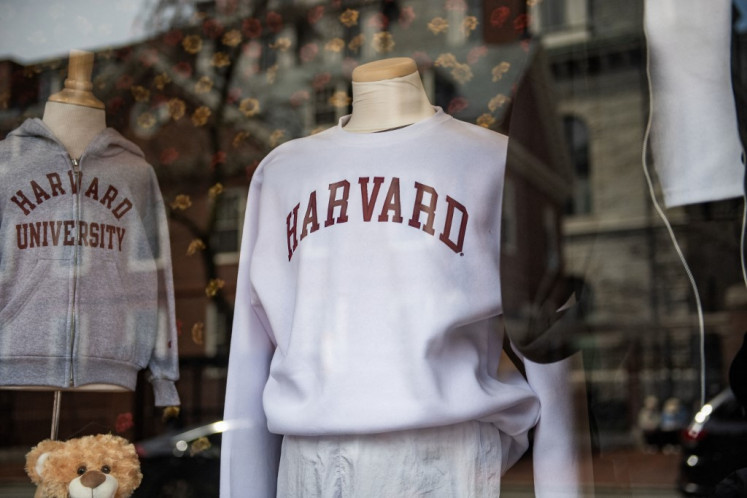Copper export ban comes too early, mining firms warn
Plan to ban the export of copper concentrate starting June has sparked concern among businesses.
Change text size
Gift Premium Articles
to Anyone
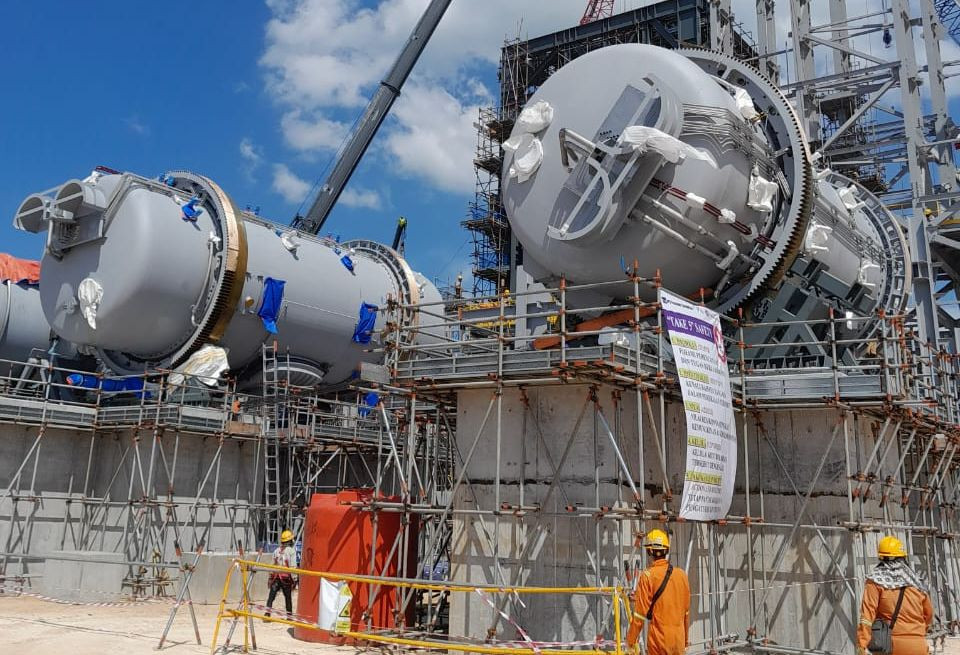
A
plan to ban the export of copper concentrate starting in June has sparked concern among businesses over the readiness of domestic industries to absorb the product.
Indonesia is one of the world’s top exporters of copper concentrate, a partially processed copper ore that requires further work to increase its purity.
From January to November last year, the country shipped out 2.8 million tonnes of the commodity worth US$8.4 billion.
In a bid to push domestic processing of the commodity, such as smelting, and thereby add value to exports, President Joko “Jokowi” Widodo announced the copper concentrate export ban on Jan. 10.
The move is part of the government’s wider strategy to move up the commodity value chain by refining minerals in the country rather than exporting them as ore.
The policy is based on the 2020 Mining Law, which mandates a ban on the export of several mining commodities three years after its issuance to push downstream industrial development in commodity-rich Indonesia.
Djoko Widajatno, executive director of the Indonesia Mining Association (IMA), estimates that the ban would result in an excess of around 1 million tonnes of copper cathodes, given that Indonesia currently only has one copper cathode smelter
Operated by PT Smelting Gresik, the facility processes approximately 1 million tonnes of copper concentrate annually, a third of Indonesia’s total copper concentrate output of 3 million tonnes in 2022, to produce around 300,000 tonnes of copper cathode annually.
“The government needs to prepare accommodating rules to encourage the development of the downstream copper industry, including ensuring a congruent law and preparing a road map for domestic industry development,” he told The Jakarta Post on Thursday.
Indonesia is building two more copper smelters, located in Gresik, East Java, and Sumbawa, West Nusa Tenggara, and planning other projects to develop its mineral-processing sector and take advantage of its vast copper reserves.
Read also: We won't make it: Industries cast doubt on bauxite-export ban in mid-2023
Agung Laksamana, PT Freeport Indonesia (PTFI) vice president of external affairs, said the company supported the government’s downstream initiatives through massive investment in the construction of domestic smelting and refining facilities.
“Construction of the Manyar smelter is on schedule,” he told the Post on Friday, referring to the US$3 billion copper cathode smelter project in Gresik slated to be ready by the end of 2023. Once fully operational, the new smelter is expected to process 1.7 million tonnes of copper concentrate into 550,000 tonnes of copper cathode annually.
Copper cathode can be further processed into electrical wiring, pipes and car batteries, among other products.
“Considering there are no smelters in the country that are capable of processing copper concentrate apart from PTFI, the export ban could be pushed back to 2025,” Indonesian Mining Experts Association (Perhapi) chairman Rizal Kasli said on Friday.
PTFI uses the smelter facility run by Smelting Gresik, in which it holds a 40 percent stake, while Japan’s Mitsubishi owns the remaining 60 percent.
“Implementing the ban later will be necessary to avoid a copper supply glut in the domestic market,” he added.
The global copper market is expected to face a shortage in the middle of this decade amid rising demand from the push for sustainability with applications such as electric vehicles expected to require large quantities of the metal.
Japan was Indonesia’s top export destination for copper concentrate at 628,052 tonnes, 28 percent of the total 2.23 million tonnes exported in 2021, followed by China and South Korea at 19 and 13 percent, respectively, Statistics Indonesia (BPS) data show.
Meanwhile, Indonesia exported 170,000 tonnes of copper cathode in 2022, while importing 70,000 tonnes of the commodity in the same period.
Ahmad Zuhdi Dwi Kusuma, an industry and area analyst at state-owned Bank Mandiri, expects Indonesia to need roughly 3 tonnes of copper concentrate to produce 1 tonne of copper cathode.
Thus, under a scenario where Indonesia produces 3 million tonnes of copper concentrate, an estimate of 2022 full-year production, and domestic smelters are capable of processing that concentrate into copper cathode when the ban is in full effect, the country would have roughly 1 million tonnes of copper cathode.
“Stakeholders would need to develop the domestic market and look for new export destinations for copper cathode,” he told the Post on Friday.
Read also: Jokowi wants to speed up bauxite export ban
Copper has begun the New Year on a surge, with funds piling back into the market in anticipation of China's rapid emergence from a year of lockdowns translating into recovering demand in the world's largest metals buyer.
London Metal Exchange (LME) three-month copper broke back up through the $9,000-per tonne level last week for the first time since June. Currently trading around $9,130, the copper price is up by 9.6 percent year-to-date.
Investors played copper from the short side for much of last year, if they were prepared to engage at all. Rolling lockdowns in China, an energy crisis in Europe and aggressive rate hikes in the United States were all good reasons to give copper a wide berth.


